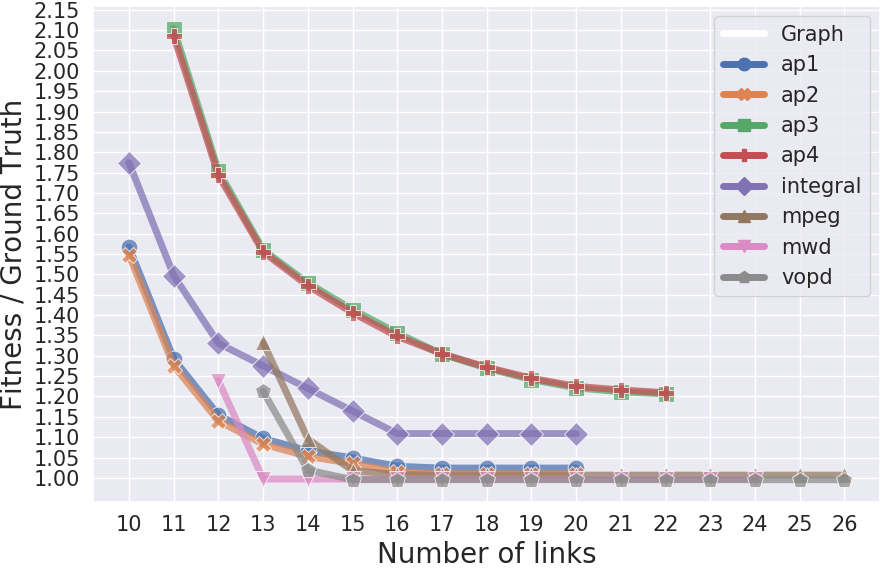Gustavo Bezerra

Papers
Quantum counting on the complete bipartite graph
This paper was a colaboration between me, Raqueline Santos, and Renato Portugal. In this paper, we proposed to count the number of marked vertices in a complete bipartite graph using the coined quantum walk model. Previous works showed how to count the number of marked vertices in an unsorted database, which can be interpreted as a complete graph with self-loops.
The paper was published in the International Journal of Quantum Information. The results presented in this paper are the extension of my Master’s Thesis available at LNCC’s database and arXiv.
... MoreTags: Paper - Quantum Computing - Quantum Algorithm - Quantum Walk - Quantum Search - Quantum Counting - Graphs - Journal - International Journal of Quantum Information
Hiperwalk - Simulation of Quantum Walks with Heterogeneous High-Performance Computing
In this paper, we presented the new version of Hiperwalk – a quantum walk simulator that uses high-performance computing. Hiperwalk 2.0b is easier to use and install than its previous version, as it is distributed as a Python library with optional support to Hiperblas. This work was presented during the IEEE Quantum Week 2023 conference.
... MoreTags: Paper - Quantum Simulation - Quantum Walk - Graphs - Conference - IEEE - Quantum Week
Quantum Walk-based Search Algorithms With Multiple Marked Vertices
This paper was a colaboration between me, Pedro Lugão, and Renato Portugal. We generalised a technique for finding the hitting time of a quantum walk search from one to multiple marked elements. The technique has a few requirements to work. The paper was published in Physical Review A journal in June 1st, 2021. It is also available on arXiv.
... MoreTags: Paper - Quantum Computing - Quantum Algorithm - Quantum Walk - Quantum Search - Graphs - Journal - Physical Review A
Generation of Application Specific Fault Tolerant Irregular NoC Topologies Using Tabu Search
This Full Paper is the result of my Computer Science Bachelor Thesis at UFRN. Prof. Monica Magalhães Pereira was the advisor of this work about irregular fault-tolerant Network on Chips. The paper was published in the IX SBESC (Brazilian Symposium on Computing Systems Engineering), which occurred in Natal-RN in November 19 to 22, 2019. It is available at IX SBESC’s proceedings

Tags: Paper - Network On Chip - NoC - Irregular Topologies - Application-Specific - Fault-Tolerance - Tabu Search - SBESC - Conference
Recognition of Occluded and Lateral Faces Using MTCNN, DLIB and Homographies
This Short Paper is the result of an improved version of a course final project. The course was lectured at the UFRN during the first semester of 2018. It was an introductory Deep Learning course.
The paper was published in SIBGRAPI 2018’s Workshop of Undergraduate Students; and presented as a poster.
... MoreTags: Paper - Computer Vision - Facial Recognition - SIBGRAPI - Conference